Table of Contents
Shopify vs WooCommerce an overview
Before we begin with an in-depth comprehensive comparison of the two most popular e-commerce platforms on the web, it is important that we cover the basics and highlight what makes these platforms unique.
What is Shopify?
Shopify is an all-in-one eCommerce solution that makes it easy for you to create an online e-store, accept payments and manage your listing from a single platform.
With Shopify, you do not have to worry about the technical aspects of managing an e-commerce site like web hosting, security, caching, etc.
What is WooCommerce?
WooCommerce is an open-source eCommerce plugin built for WordPress. It allows you to take advantage of the most powerful Content Management System (CMS) and use it to run an online store.
Due to the open-source nature of WooCommerce, you can easily customize every aspect of your store and add custom extensions.
The decision to choose between the two platforms depends entirely on your needs and skill level.
What to see on your eCommerce platform?
Here are some things to keep in mind when starting an online store. These key elements will help you decide which platform is best for your needs.
- Budget – The cost of starting a fully functional eCommerce store.
- Ease of use – should be easy to use even for beginners.
- Payment Methods – Must support multiple payment methods (eg PayPal, Gita, other merchant processors).
- Integrations – The number of services you need to integrate and third-party tools to grow your e-commerce business.
- Scalability – As your business grows, you need to be able to scale the platform.
These are the basic requirements that all online store owners should consider. However, depending on your needs, you may want to look at other options such as shipping, inventory management, invoice, tax, drop shipping, etc.
With this article, our goal is to take an in-depth look at how Shopify and WooCommerce stock up on these basic needs and which of them best suits your needs.
That being said, let’s start with our Shopify vs WooCommerce Comprehensive comparison.
Shopify vs WooCommerce – The Price comparison
Price is often the most important consideration for eCommerce website owners. You need to estimate the cost of getting started by taking into account the variable costs for add-on services and software.
The real cost of using Shopify

Shopify makes it very easy to open your online store. Their basic plan starts at $ 29 per month and you can upgrade to a Shopify plan for $ 79 or an advanced Shopify plan for $ 299 per month.
Each of these plans includes an SSL certificate and web hosting. It comes with the Shopify branded subdomain (eg: https://your-store.myshopify.com).
If you want to use your own .com domain name, you must purchase it separately. The price for a typical .com domain name usually starts at $ 14 per year.
The basic Shopify plan comes with enough features to set up a new online store. You can add unlimited products, 2 user accounts, unlimited file storage, and more.
However, this price does not include third-party tools and add-ons, you just need to take your Shopify store to the next level. As your business grows these costs will start to increase and you will have to pay a lot more than you initially thought.
Payment is another factor that affects your expenses. Shopify offers its own Shopify payment solution that costs 2.9% + 30 cents per transaction for the Basic Plan.
If you choose to use a third-party payment gateway or your own merchant account, you will be charged a 2.0% uniform fee for all transactions. You can reduce this fee to 0.5% by using the Shopify Advanced Plan, which costs $ 299 per month.
These payment processing charges can be very high when using an external payment gateway. However, if you are just starting out and want to use the Shopify payment solution, fees can be compared to popular platforms such as Stripe and Braintree.
Shopify also offers a plan called Shopify Lite which costs $ 9.00 / month. This plan allows you to add a buy button to any site or use Shopify for personal sales in selected areas.
For example, you can create a WordPress website and add a Shopify by button there. However, if you are already building a WordPress website, using WooCommerce will give you a much better experience.
The real cost to use WooCommerce

WooCommerce is an eCommerce plugin for WordPress.org (also known as self-hosted WordPress). It is available as an open-source and free plugin. Pick the best plan for WooCommerce.
However, you need a domain name, SSL certificate(Buy cheap SSL from here), and a WordPress hosting account to start the WooCommerce Store.
Generally, a domain name costs $ 14.99, an SSL certificate costs $ 69.99, and web hosting costs about $ 7.99 / month. It’s not cheap, especially when you’re just getting started.
Thankfully, most hosting companies now offer specialized WooCommerce hosting plans that significantly reduce costs.
As you can see, the cost of starting a basic WooCommerce store is much lower than that of Shopify. WooCommerce also does not charge you a cent on transactions, which is a great advantage.
Keep in mind that as soon as you purchase a payment extension, WooCommerce costs will increase. As your online store grows, so do your hosting costs.
However, one obvious advantage of using WooCommerce is that you can often find free alternatives to premium themes and paid extensions. You can control your spending by purchasing only the tools and plugins you need.
With the number of free themes and free add-ons for WooCommerce, it is definitely a winner when it comes to cost.
Shopify vs WooCommerce Rating comparison
Let’s have a look into the rating comparison of the two amazing E-commerce platforms.

Shopify vs WooCommerce – Pros & Cons
Let’s have a look at the Pros and Cons of Shopify and WooCommerce separately. Starting with Shopify.
Shopify Pros & Cons
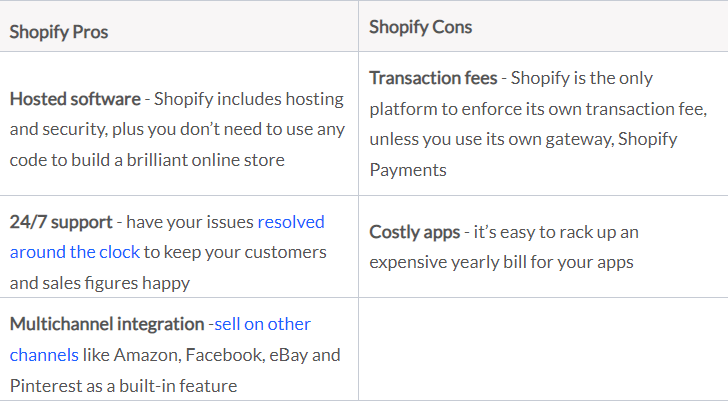
WooCommerce Pros & Cons
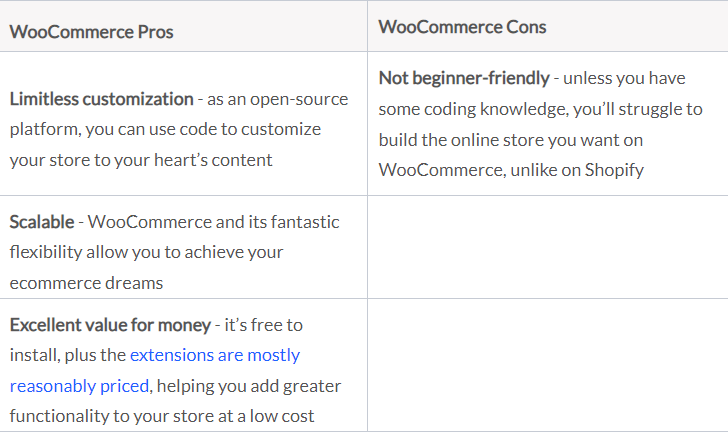
Shopify vs WooCommerce – UI comparison
Most users who start an online store are not necessarily web designers or developers. Even users who are familiar with the basic concepts need an easy-to-use and out-of-their-way platform.
Let’s see how Shopify and WooCommerce are stocked in terms of user-friendliness.
Shopify – Ease of Use

Shopify is a fully hosted platform, which means you do not need to install, manage or update any software. You do not have to worry about security, performance, backup, and compatibility issues. UI is beginner-friendly and is easy to set up. Start Your Shopify free trial from here
As soon as you sign up, you can choose the design from many free Shopify themes. After that, they will guide you through customization and then help you add products. Shopify comes with an intuitive drag and drops user interface. Managing your product pages, sales, and inventory within Shopify is a breeze.
One aspect of this guided, sophisticated, and highly optimized user experience is that it limits your control. You may use only the design and development tools provided by Shopify or the add-ons available in their marketplace.
However, this is not as bad as it seems. For many users, the large selection of extensions and themes available on Shopify is enough to launch and enhance your online store.
WooCommerce – Ease of Use
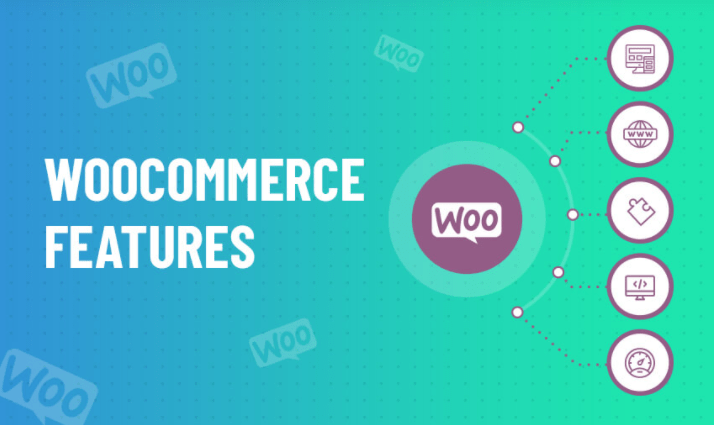
WooCommerce is not a self-hosted platform like Shopify. This means you need to install the WooCommerce plugin, manage updates, keep backups, and make sure your website is secure. There are a lot of free and paid plugins that can automate most of these tasks for you.
WooCommerce is very simple when it comes to customization. You have complete control over the entire platform. With the help of 58,000+ WordPress plugins you can add any activity you can imagine to your website.
However, there is no built-in drag and drop design-builder. You can use one of the WordPress page builders like Elementor Builder, but it will increase your cost. The plugins make The UI of this platform beginner-friendly and easy to use
The biggest downside to flexibility is that it comes with a steep learning curve and requires more practical maintenance of your website. You also need to sign up for a service like Merchant Account or Stripe/PayPal.
Although the WooCommerce Guided Setup Wizard is helpful, it does not come close to Shopify’s onboarding experience and convenience.
What payment methods does each platform offer?
Both WooCommerce and Shopify have a long list of payment gateways. Unless you have a specific situation, you probably will not notice the difference. If you use an external payment gateway, Shopify will charge an additional fee, which should be a big consideration as that fee is more than 2% (above your payment gateway fee).
Shopify

Shopify has its own payment gateway, which requires a zero configuration. If you want to use a third-party payment gateway, Shopify also supports all major features:
- PayPal
- Fasten
- authorized.net
- Stripe
Not to be outdone, Shopify also has its own list of local payment gateways.
However, if you use an external payment gateway, Shopify will charge you extra. As we said, this is definitely noticeable.
WooCommerce

Due to the open-source of the WooCommerce platform and the large WordPress plugin community, you can find a ton of WooCommerce payment gateways. Which is really great.
First, WooCommerce supports all popular gateways:
- Fasten
- PayPal
- social category
- authorized.net
But beyond the support of the big guys, one of the advantages of WooCommerce is that you can access a number of specialized payment gateways:
- Postgiro (Swedish Gateway)
- Przelewy24 (Polish Gateway e.t.c.
- We know you’ve never heard of the last two – but that’s all! WooCommerce includes big names and regional gateways.
Shopify vs WooCommerce: Which one should you choose?
There really is no right answer here. So instead of trying to recommend the same in one way or another, we’re going to look at some scenarios that make the most sense of each platform.
2 Reasons to Use Shopify by WooCommerce
If you want the simplest, most startup-friendly way to start an eCommerce store, Shopify is definitely a good choice. Unless you want to sell complex products with a lot of diversity, you have to be well into Shopify’s ecosystem.
Additionally, if you do not want to spend time (or even think about technology in general) managing your store, this is another reason to consider Shopify’s simplicity. Also, If You look through the market share Shopify has 18% overall e-commerce share while Woocommerce has 11% of share.
3 Reasons to Use WooCommerce by Shopify
The big reason to choose WooCommerce over Shopify is flexibility and control. If you want to sell regular products with minimal variations, you probably will not need that flexibility.
But if you plan to sell items beyond the “simple” – in terms of variations, checkout process or price structure – you will probably appreciate the flexibility of WooCommerce.
The second reason is that some products are banned from Shopify just flat-out. Since Shopify is a hosted solution, you may prefer Shopify’s decision-making team, which bans certain cosmetics manufacturers.
Finally, if you value the use of WordPress and the WordPress ecosystem of plugins and support, this may be another reason to go with the WordPress eCommerce solution.
So what do you think?
Ultimately, each e-commerce platform has advantages for specific situations. If you value flexibility and ownership – WooCommerce is probably your best bet. If you value simplicity – Shopify is probably for you. Now for all of you – when it comes to WooCommerce vs Shopify, what do you like and why? please mention this in the comment section below.
Shopify is Shopify’s registered trademark.
Save time, cost, and site performance:
- Immediate help from WordPress hosting experts, 24/7.
- Cloudflare Enterprise Integration.
- Audiences from around the world reach 28 data centers worldwide.
- Customization with our built-in application performance monitoring.
Hope! You liked this comprehensive comparison between Shopify and Woocommerce. Don’t forget to like, share comments. Thank You.

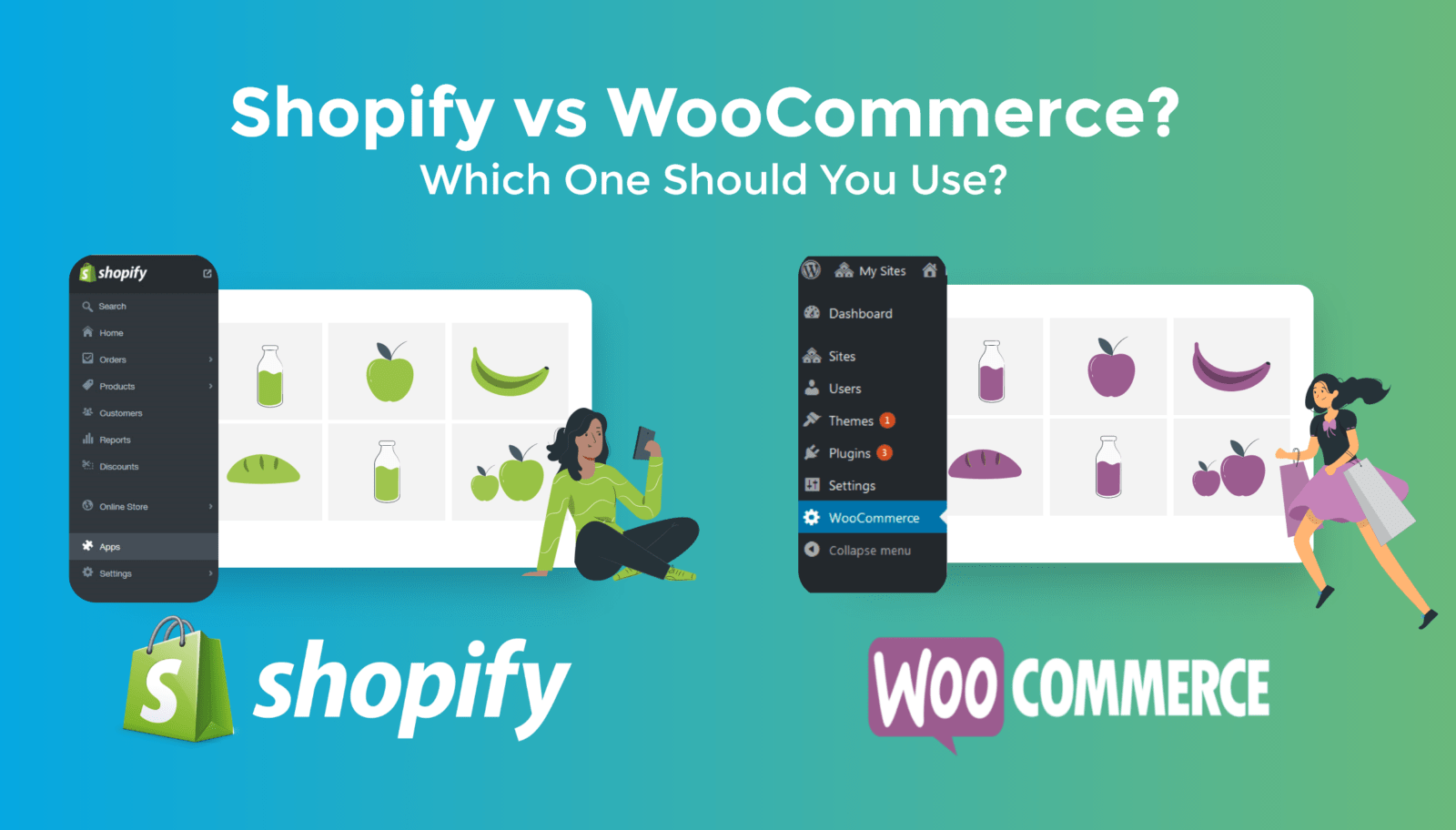
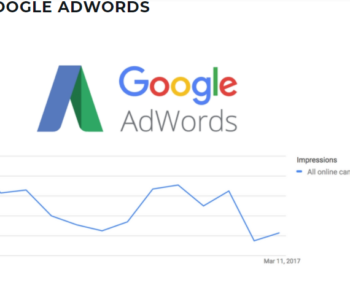



2 Comments
الجوال الي ينطوي
I am truly thankful to the owner of this web site who has shared this fantastic piece of writing at at this place.
Free SEO Tool
I truly appreciate your technique of writing a blog. I added it to my bookmark site list and will